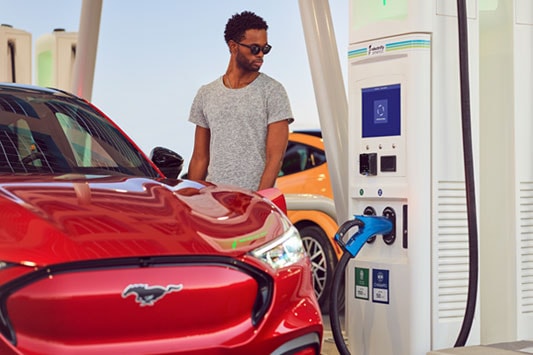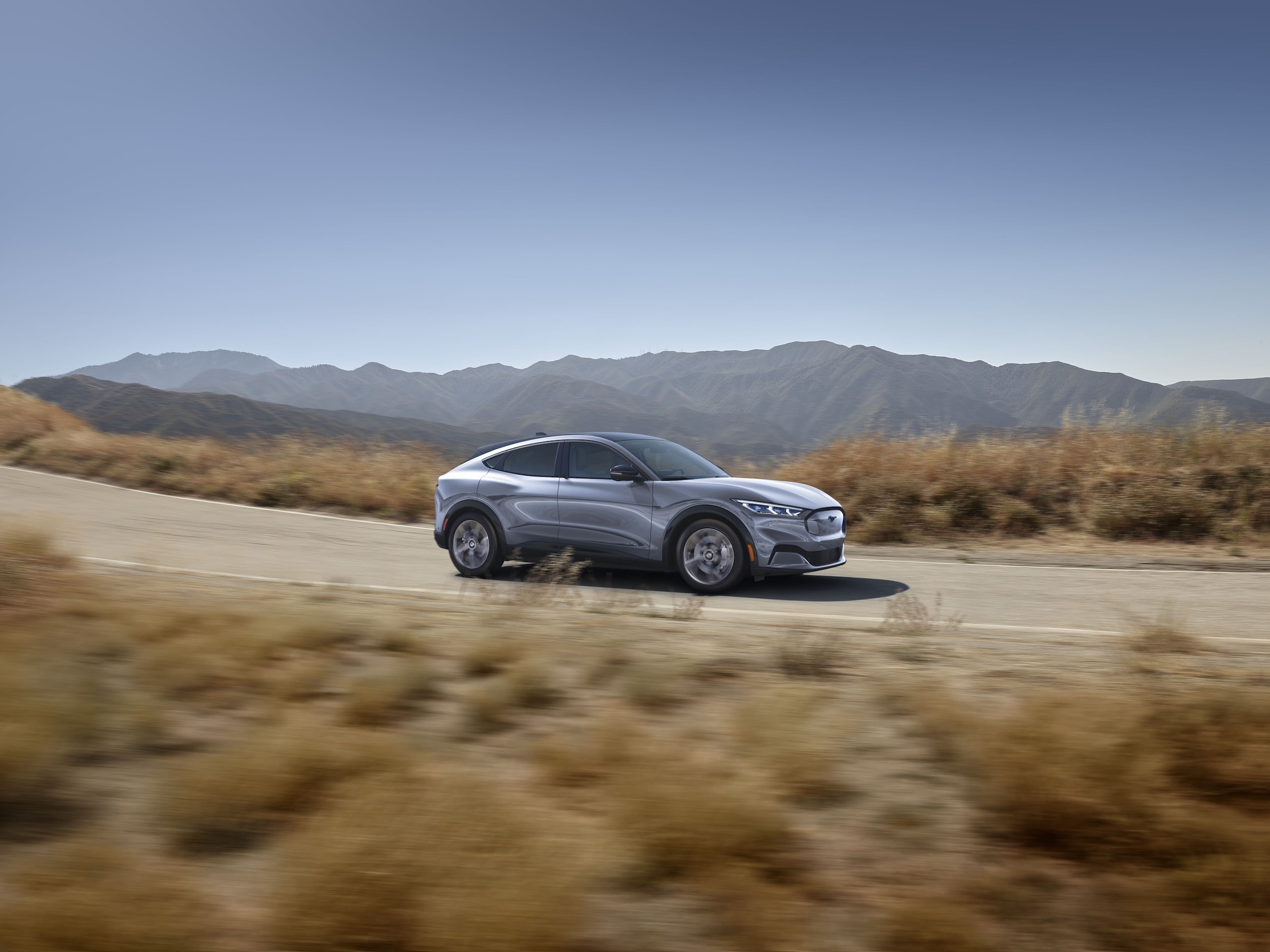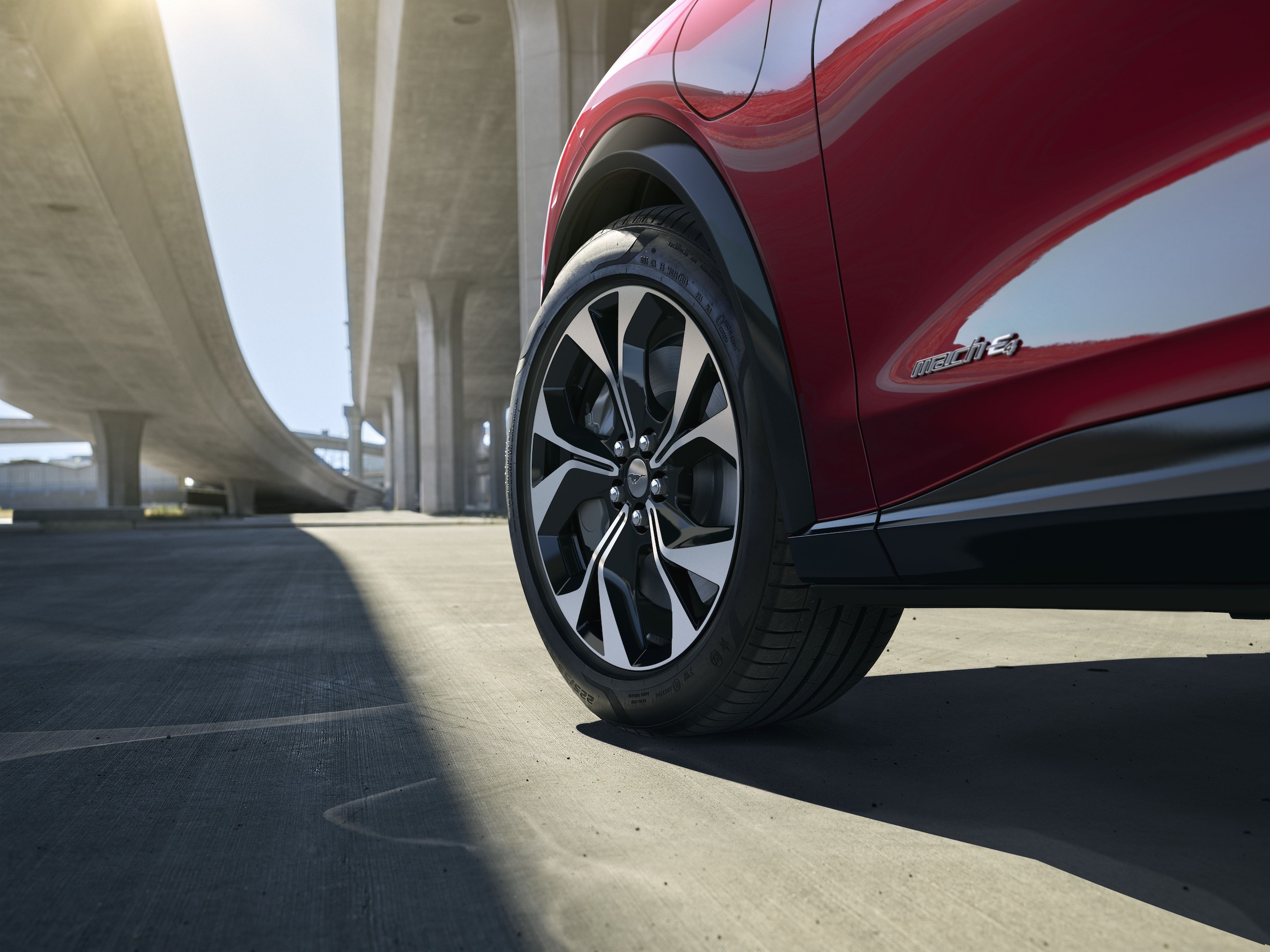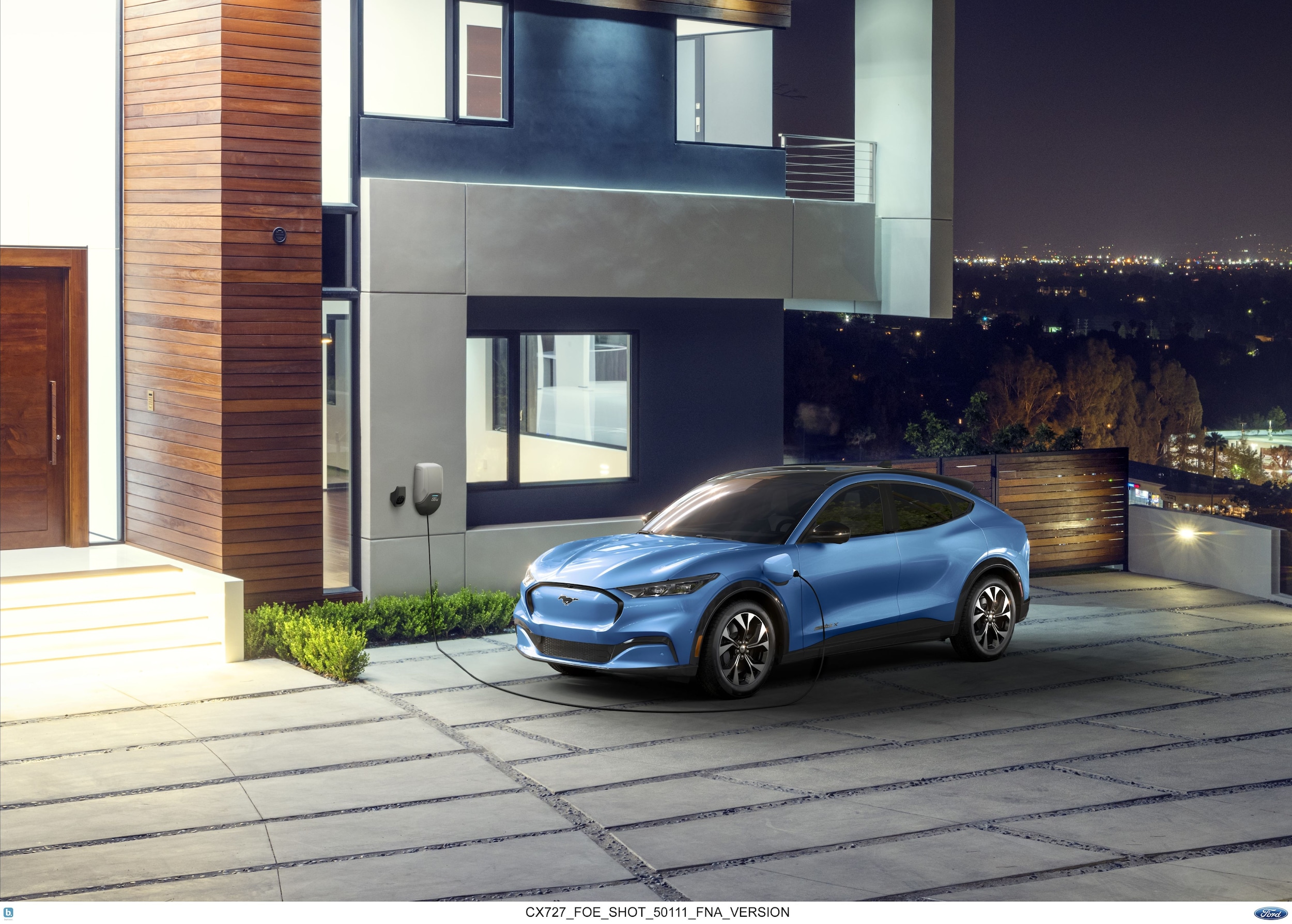

Demystifying Electric Vehicles: Addressing Five More Common Concerns with the 2023 Ford Mustang Mach E
Switching to an electric vehicle represents a significant change, and it's entirely reasonable to have concerns. Our goal, as we delve into the second part of our series, is to address those concerns head-on, with clear, honest, and accurate information.
In this follow-up post, we'll tackle five more common concerns related to electric vehicles. We'll discuss how long it typically takes to charge an EV, what you can expect regarding maintenance and repair costs, the safety standards that EVs meet, the variety of models available, and how these vehicles perform in cold weather. We'll be using the Ford Mustang Mach E as our primary example, given its popularity and top-notch features.
This isn't about trying to convince you of anything, but rather about providing you with the knowledge to make the best decision for your personal circumstances. So, without further ado, let's continue our journey into the world of electric vehicles.
Time to Charge: Understanding EV Charging Durations
One of the significant shifts when moving from a conventional fuel vehicle to an electric vehicle is the way we 'refuel.' Instead of a quick stop at a gas station, EVs are typically recharged, a process that can take a bit more time. This brings about a valid question: How long does it take to charge an EV?
With the Ford Mustang Mach E, charging times can vary depending on the power source. A 120V outlet, similar to the ones found in your home, can offer around 3 miles per charging hour. A 240V outlet, like the ones used for large appliances, can deliver approximately 20 miles per charging hour. And for those on the go, DC Fast Charging stations, like those in the FordPass Charging Network, can charge from 10% to 80% in approximately 38 minutes.

Keeping Up Maintenance: What Does an EV Really Cost?
It's a question that naturally arises when considering a new type of vehicle: What will the upkeep be like? For an electric vehicle, it's not a matter of simply translating your experiences with a gas-powered vehicle. It's a different beast altogether, but not a more complicated one - often quite the opposite, in fact.
The Ford Mustang Mach E, like other EVs, enjoys a simplified mechanical design. Without an internal combustion engine, many parts that would normally require routine maintenance are simply absent. No oil changes, no spark plugs, no timing belts to worry about.
However, EVs have their own maintenance considerations. The battery system, brakes, tires, and other components still require attention. And yes, you'll want to keep your windshield wiper fluid topped up too.
Yet, overall, the Mustang Mach E and other EVs often enjoy reduced maintenance costs compared to their gas-powered counterparts. Fewer moving parts often translate to fewer potential points of failure, resulting in less frequent and less costly service needs.
Transitioning to an electric vehicle means adapting to these new maintenance realities. While there's a learning curve, it's not a steep one. And with guidance from the knowledgeable team at Heritage Ford, you can comfortably navigate these changes and fully understand the true cost of owning and maintaining an electric vehicle.
Safety First: Are EVs Safe on the Road?

It's only natural to ask about the safety of a vehicle you're considering, especially one with a different power system than what you're used to. After all, it's a significant concern for all of us when we get on the road - we want to ensure our journey is not only efficient but safe as well.
Electric Vehicles, and in particular, the Ford Mustang Mach E, have been designed with safety at the forefront. The vehicle's lower center of gravity, thanks to the floor-mounted battery pack, enhances stability and reduces the risk of rollovers. The absence of an internal combustion engine also minimizes the risk of fires, and in the unlikely event of a collision, there's less risk of fuel-related fires.
Moreover, the Ford Mustang Mach E comes equipped with Ford's Co-Pilot360™ 2.0 technology, an advanced suite of driver-assist features that work together to make your journey safer and more comfortable. Features such as Blind Spot Information System (BLIS®), Pre-Collision Assist with Automatic Emergency Braking, Lane-Keeping System, and a rearview camera, work in harmony to ensure your safety on the road.
Just like any other vehicle on the market, EVs must meet stringent safety standards before they are allowed on the road. The Mustang Mach E is no exception, earning impressive ratings from safety organizations like the National Highway Traffic Safety Administration (NHTSA).
Choice and Variety: Exploring the EV Model Spectrum
A common concern people voice about electric vehicles is that there are limited choices available, especially when compared to the vast array of internal combustion engine (ICE) vehicles on the market. And it's true, the market for EVs is still emerging. But that doesn't mean the selection is small or lacking in diversity. In fact, the landscape is changing rapidly and the array of electric models is expanding steadily.
Take Ford's lineup for example. The Mustang Mach E is just one of the many electric vehicles that Ford has brought to market, with each model designed to cater to different tastes, needs, and budgets. From the compact and affordable Ford Focus Electric, to the highly anticipated, rugged Ford F-150 Lightning pickup truck, there's an electric model for almost every segment of the market.

There's an increasing number of options in the electric vehicle market. With automakers like Ford committed to expanding their electric offerings, the future promises even more variety. At Heritage Ford, we're excited to help you explore these choices and find the EV that's the perfect match for your lifestyle and needs.
Weathering the Storm: How Do EVs Perform in Cold Conditions?
The performance of electric vehicles in cold weather is a concern many potential buyers in colder climates have. It's true that all vehicles, whether gas-powered or electric, can see some drop in efficiency and performance in cold weather. However, electric vehicles have come a long way and today's models, like the Ford Mustang Mach E, are equipped with advanced technology to manage these conditions effectively.
The Mustang Mach E uses a thermal management system that helps to optimize battery performance and range in cold weather. This system warms the battery before charging and can precondition the battery while the vehicle is plugged in, saving energy and helping to maximize range. In addition, the Mach E features all-wheel drive options to improve traction on icy roads, and a dedicated snow/wet drive mode to optimize driving dynamics in adverse conditions.
Moreover, Ford has designed its electric vehicles to heat the cabin efficiently. The Mustang Mach E uses a heat pump system that can capture heat energy from the outside air and the electric components, making it more efficient than traditional electric heating systems. This means less energy used for heating and more for driving.
While cold weather can impact an electric vehicle's range, advances in technology are minimizing this effect. The Mustang Mach E, with its thoughtful cold-weather features, is a prime example of how EV technology is evolving to provide reliable performance, regardless of the temperature outside. As always, we at Heritage Ford are here to provide you with all the information you need to understand the performance of EVs in various weather conditions.
Final Thoughts: Embracing the Future with the Ford Mustang Mach E

As we delve into the various concerns surrounding electric vehicles, it becomes clear that the industry, with Ford leading the way, is making significant strides to address these. Each new model brings enhancements, improvements, and innovations that are rapidly propelling us towards a future where electric vehicles are as common, if not more so, than their internal combustion engine counterparts.
The Ford Mustang Mach E is a shining example of this progress. With its impressive range, advanced battery technology, rapid charging capabilities, low maintenance requirements, sterling safety ratings, variety of options, and effective cold-weather performance, it proves that EVs are not just a viable alternative - they are a formidable competitor to traditional vehicles.
At Heritage Ford, we are excited to be part of this journey and are here to guide you every step of the way. We encourage you to stop by, ask questions, and take a closer look at the Mustang Mach E. Explore its features, take it for a test drive, and experience the future of driving firsthand. After all, seeing is believing, and we're confident that once you experience the power, comfort, and convenience of an EV, you'll be ready to embrace the future, too.